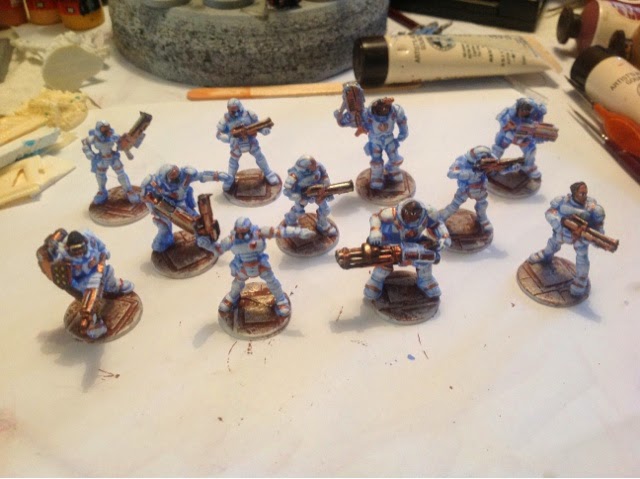Late in 2013, there was a story about plastic animals doing the rounds. It appeared in a few places, but this seems to be the origin of the story. http://diterlizzi.com/home/owlbears-rust-monsters-and-bulettes-oh-my/ This story has sat in the back of my mind for a while. It has given me thoughts about finding plastic animals of my own and using them in games. The problem is that most of the plastic animals I've found have been common beasts (or at least common for this part of the world...kangaroos, emus, platypi, etc. and typical zoo animals with distinctive shapes like lions, elephants, camels), certainly nothing monstrous. But the other day I saw some plastic dinosaurs, and since I've been painting up plastic figurines, I figured that they might provide an opportunity. Voidstone Chronicles needs some interesting creatures for its heroes to face, and dinosaurs might make a fascinating addition to the setting. So I decided to paint them with the same techniques that















